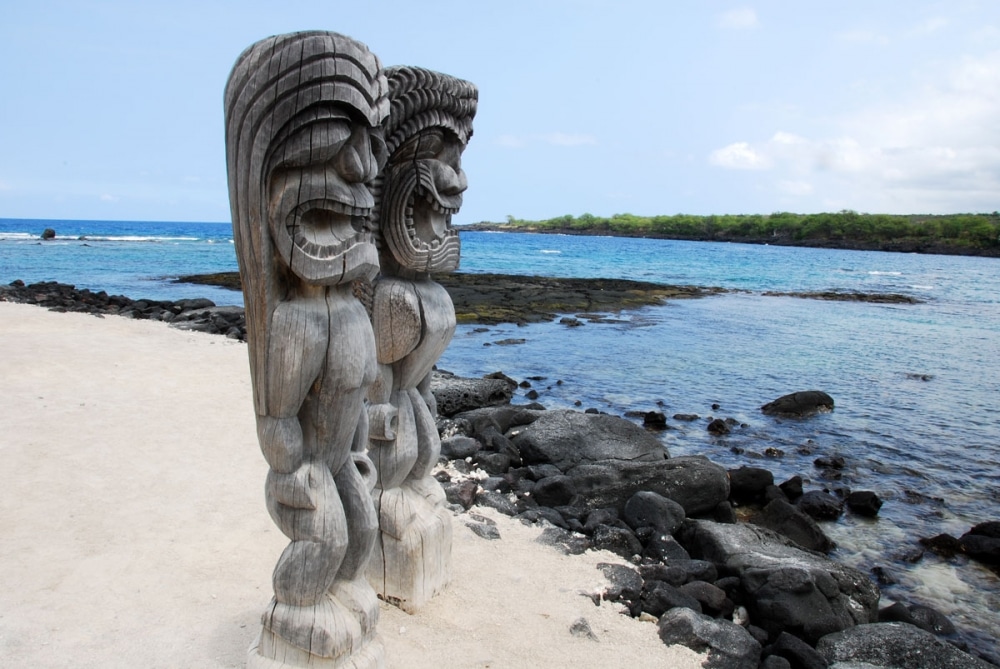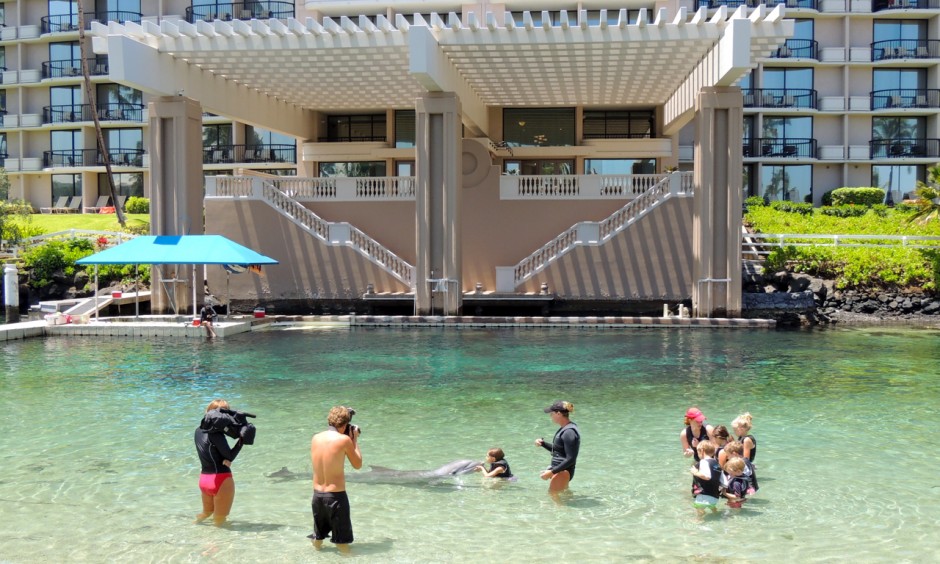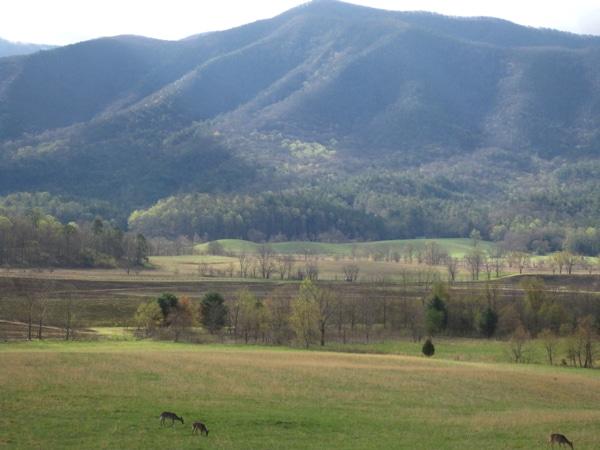First, an update on wage theft. Celebrity chef Bobby Flay has joined Tom Colicchio as a defendant in a class action lawsuit charging wage theft. This suit was filed on January 16, 2009 by the same law firm that initiated the Colicchio class action. Flay’s enterprises are under the umbrella of the firm Bold Foods LLC, which operates several restaurants in New York City and elsewhere. The charges are virtually the same as those against Chef Colicchio’s company and eateries. When I first learned of the new lawsuit, I immediately assumed that it was brought by the same law firm. Courts have become the major venue for workers seeking to redress workplace wrongs. The main reason for this is that the workers’ weapon of choice, the labor union, is usually no longer available to them. The nation’s union strongholds have been battered to the ground by global economic forces, themselves the consequence of the corporate/government onslaught against workers and the ineptitude of most of our industrial unions to defend their members against it. What is more, it has become extremely difficult for employees to form unions, as I discussed in my post on the Employee Free Choice Act. This has left most workers without collective options. It was inevitable, then, that enterprising law firms, which began to see more clients seeking redress for wage theft, would see a legal plum ripe for the plucking. They could make a lot of money and do some good at the same time. Labor lawyer and writer, Tom Geoghegan, argues in his book, See You in Court: How the Right Made America a Lawsuit Nation, that our infamous (to the right wing, that is. I am a firm believer in lawsuits) litigiousness is the result of corporate America’s denial to us of any collective rights.
The rock formation named Elephant Butte lies just east of Interstate 25 in southern New Mexico, not far from Truth or Consequences, the town that changed its name to be that of the old television show. Every time we have driven by, one of us says, “Where is that butte? Nothing looks like an elephant to me.” The land around the butte is desert, harsh and desolate except for the areas on either side of the Rio Grande, which slithers its way south and east into Texas. Not many people live here, or anywhere along 25 between Las Cruces and Albuquerque. The last time we saw Elephant Butte, we were driving from Tucson to a new home, which we hadn’t found yet, in Boulder, Colorado. We had entered Interstate 25 at Hatch, New Mexico, a town that proclaims itself the chile capital of the United States. New Mexicans favor green chile stew. I like it too. Here is a recipe from the Santa Fe School of Cooking:
3 tablespoons vegetable oil
1 ½ pounds pork butt, cut in 1-inch cubes
1 ½ cups diced onion
1 tablespoon minced garlic
6 cups chicken
1 pound red or white potatoes, cut in ½ to 3/4-inch cubes
2 to 3 teaspoons salt, to taste
3 cups roasted, peeled, chopped green chile or to taste (use a combo of mild and hot)
3 tablespoons diced red bell pepper
2 tablespoons chopped cilantro, to taste
Heat the oil in a 6-quart pot over high heat and brown the meat in
batches. Set aside. In the same oil, saute the onions until golden.
Add the garlic and saute 1 minute. Return the meat to the pan along
with any juices that may have accumulated. Add the broth, potatoes,
salt and bring to a boil. Reduce the heat and simmer for one hour, un-
til the potatoes are tender. Add the green chile and the red bell
pepper, and cook 15 to 20 minutes more. Add the cilantro, stir and serve.
We have never driven over to get closer to the butte, but perhaps we will next time we’re nearby. Seems there is more to see than meets the eye. Under the title, “Blue Skies, a Small Town, and a Big Lake,” New York Times writer Keith Mulvihill tells us that there is a town of Elephant Butte (population in 2006, 1,305) and it has recently begun to draw second-homers and retirees to the desert. The main attraction appears to be Elephant Butte Lake, the state’s largest body of water. The lake is a reservoir, built in 1915 and 1916 as part of the Rio Grande Project, whose aim was to provide power and irrigation for south central New Mexico and West Texas. Dam building was all the rage in the United States for decades, but in recent years, many dams have come under attack for the devastating impact they have on the environment and their relative inefficiencies in providing power. The poor Rio Grande has been dammed so much that it has been reduced to a shallow stream over good parts of its course. Below a dam, much riverine life is destroyed. Here is how one report put it:
Reducing the flow of water from a river changes the landscape it flows through, which in turn can affect the ecosystem’s flora and fauna. A dam holds back sediments, especially the heavy gravel and cobbles. The river, deprived of its sediment load, seeks to recapture it by eroding the downstream channel and banks, undermining bridges and other riverbank structures. Riverbeds are typically eroded by several meters within a decade of first closing a dam; the damage can extend for tens or even hundreds of kilometers below a dam. Within nine years of closing Hoover Dam in the US, the riverbed below the dam had lowered by more than 4 meters. Riverbed deepening will also lower the groundwater table along a river, threatening vegetation and local wells in the floodplain and requiring crop irrigation in places where there was previously no need. The depletion of riverbed gravels reduces habitat for many fish that spawn in the gravelly river bottom, and for invertebrates such as insects, mollusks and crustaceans. Changes in the physical habitat and hydrology of rivers are implicated in 93% of freshwater fauna declines in North America.
And in a government study we learn that, “Elephant Butte Dam on the Rio Grande in New Mexico has increased flooding in El Paso by reducing flushing of the stream channel downstream. Sediment from bank scouring has combined with sediment loads from undammed tributaries to raise the (river) bed level downstream. The net result is that even though Elephant Butte Dam has reduced pre-dam flows at El Paso by as much as 75 percent, small floods can do a great deal of damage.”
If the post in the Times is any indication, the ecological impacts of dams are of no concern to the full-and part-time residents of Elephant Butte, nor to the tens of thousands of weekend vacationers who flock to the lake. They are looking for property “value,” as was the retired couple (college professors but not wild-eyed idealists like me), who bought a lot for $75,000 and built a 3,000 square feet home for another $275,000. This is more than six times as large as the apartment we rented in Manhattan and much larger than any place we have lived since I retired in 2001. People in the United States are obsessed with large homes; they can’t get enough square feet or big enough kitchens and bathrooms. Nobody cooks and how much room do you need to shower, shave, and shit? Maybe the professors have a dozen kids and grandchildren and hordes of friends who will visit, so that space will come in handy. If not, there is always antidepressants.
For their money, this couple didn’t get a real town (The Times reporter notes” “strip malls, stores, boating outfitters, and many camper and boat storage lots line the road; the town also has Hodges Corner restaurant, which serves meals buffet style.”) But, oh, the recreation! A neighbor has a 2,600 square feet garage—for all his toys. A motor home. A speedboat. Jet Skis. An SUV. Talk about consumption! Waste of energy! All of this stuff so that every weekend the skies can be filled with noise enough to frighten the birds and pollution enough (from all the water sportsters and highway cloggers) to mock the once clean air of the desert. Meanwhile the lake fills with silt and the destruction of the desert continues. Sounds like paradise to me. Like Lake Powell, on of the biggest and ugliest blots on the landscape of the beautiful Arizona/Utah canyon country.
An economist for Merrill Lynch recently wrote a chilling report on the current economic situation. He said that there we are experiencing a “secular change” in consumption. I am skeptical. Of course, households are spending less because they have lower incomes and can’t get credit. This may continue for a long time. But just as soon people can get their hands on some money or access to loans, they’ll be consuming their little hearts out. A change in our relationship to nature and a revolution in the ways we enjoy ourselves are a long way off.
References: The long indented quote is from <http://www.envirothon.org/TheEnvironmentalImpactsofLargeDams.pdf>. The government report cited in the next quote is discussed at length at <http://www.hcn.org/issues/133/4246>. For more on dams in the west, see the book Cadillac Desert by Marc Reisner. The Merrill Lynch report is at <https://www.gpcresearch.ml.wallst.com/common/emaillink/pdf.asp?SSS_20E89F090409B81E37D8B7177FAE1685&>.







Some good news: Tom Geoghegan is running for Rahm Emanuel’s congressional seat in Chicago. And there are enough others running that he has a decent shot at taking it.
Yes, this is good news. The Democrats could use some backbone. They need people who will kick the rightwing in the ass!